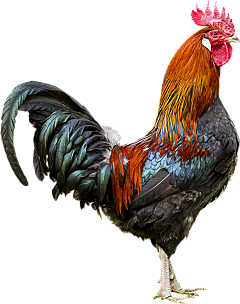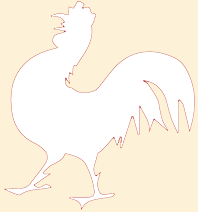On the Thursday before Lent, called ‘Mad Thursday’ in South Tyrol, "Zussln" parade through the village, noisily driving away the winter spirits and waking up the spring.
The “Zusselrennen"parade, which has long followed a well-planned schedule, has its roots in fertility cults, and involves six men dressed in white and adorned with ribbons and bells - symbolising a white horse - pulling an old wooden plough through the village alleys. They’re followed by a “Goaßl" (whip cracker) and a carter, who drives the white horses and steers the plough. Behind him comes a sower with a basket of seeds, from which he scatters sawdust on the spectators, then there’s a farmer and his wife, a farmhand and a milkmaid, and finally the "Zoch und Pfott"couple. They all carry various agricultural implements, which symbolize working on the land in summer. Then there’s a second procession, led by the “Triebschellträger”, who has the heaviest of all the “Zussl” bells attached to him. Behind the loud ringing of the Triebschelle come the figures that give the name to this traditional parade, the ‘Zussl’, wearing white hats with colourful crèpe paper flowers and and heavy bells round their waists. They are followed by all the couples and the carter, who holds the procession together with the whipcracker. For hours the Zussln make lots of noise with their bells, driving away the evil spirits and the winter cold, and "waking up" the grain - so it can flourish.



